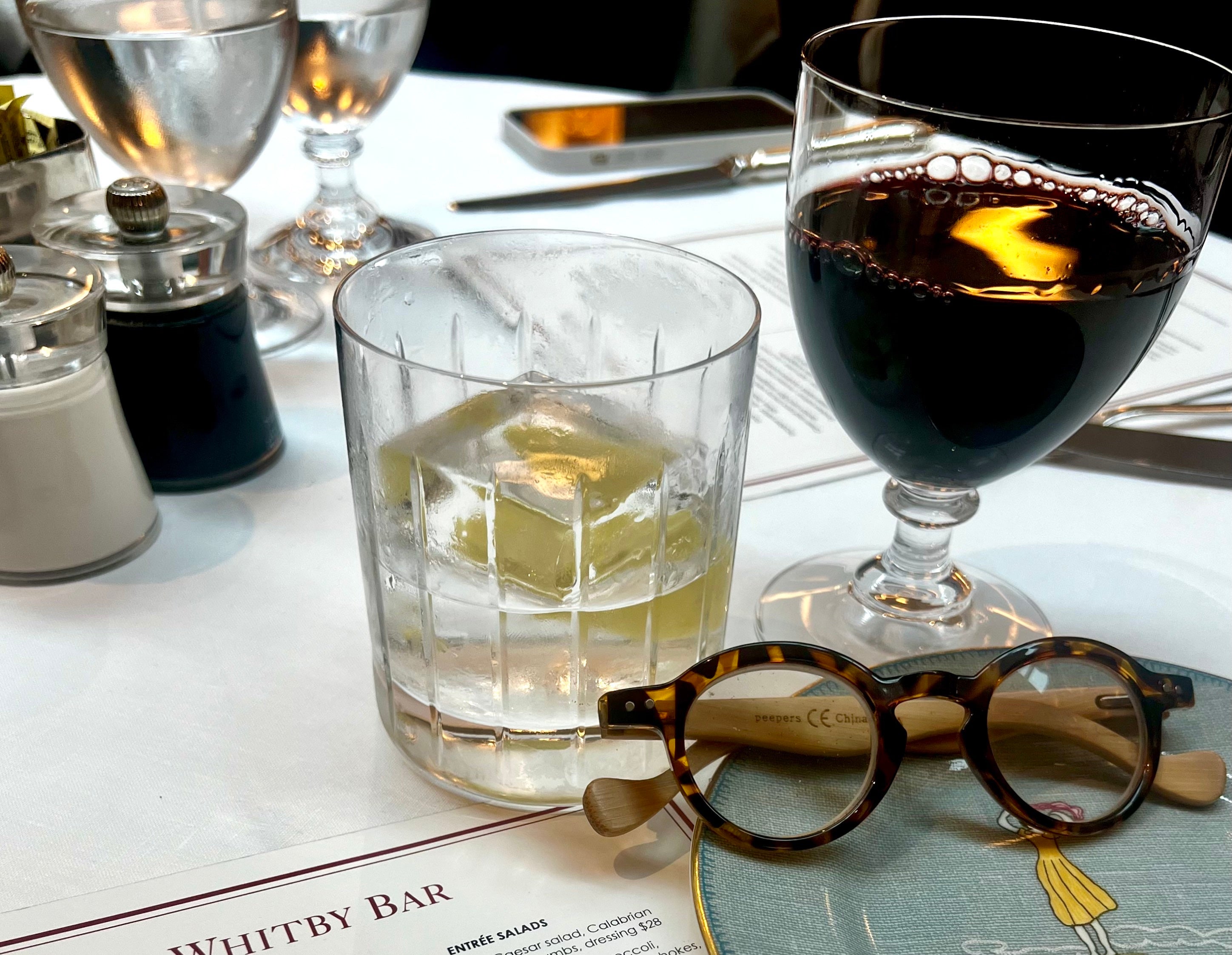Food & Recipes, Kitchen Hacks
Recipe Cooking Times Can Be Deceiving!
Often, they’re just a suggestion.
Recipe writers can’t always be quite as precise as they’d prefer when they list cooking times in a recipe. So many variables enter into the equation.
This Spring, a friend’s daughter was making her first brisket for a dinner party. She had preheated her oven, browned the meat on both sides, added all the ingredients to the roasting pan and then carefully put it in her oven for the listed 2 hours of cooking time.
She called me in a panic at the 2-hour mark – she had placed the meat thermometer in the thickest part of the brisket and the temp on the thermometer was correct. But to her horror, the meat still appeared a bit pink (brisket is cooked all the way through) and it wasn’t tender at all! She had eaten brisket many times at other friends’ homes and it was ALWAYS fork tender. Hers was tough. She was almost in tears and she couldn’t understand what she’d done wrong.
I calmed her down, told her that she’d done nothing wrong and then, because I’ve cooked more brisket than I’d care to think about, gave her this advice: ignore the cooking time and meat temp and put it back in the oven until a long-tined fork goes into the thickest part of the brisket with the greatest of ease. Then, and only then, it would be cooked perfectly. She needed to cook to the indicator – tenderness – not the time in the recipe. Needless to say, her brisket was a success.
Here’s a good rule to follow: Always cook to the indicator and not the time on the recipe. The listed time is basically a suggestion unless you’re talking about how long to boil eggs and then it’s quite specific!
Recipes will always tell you what something is supposed to look or feel like. It might be ‘cook until the skin is crispy and brown’ or, ‘when the spices start to stick to the bottom of the pan’ or, as in my favorite salmon recipe, ‘until the color has changed half to two-thirds the way up side of the filet and the skin releases completely from the pan’.
The reason you can’t go by an exact time on most recipes is because kitchens vary. The oven temperature could be ‘off’ (even though you set your oven temp to what is in the recipe that doesn’t mean that your oven and the recipe writer’s oven are calibrated the same), the moisture in the air can be different from your kitchen to theirs, the material of your pan can be different from the writer’s, or any other number of small differences that can all add up to the listed cooking time in a recipe being not quite right to get the hoped for result. Medium on an electric range is completely different than medium on a gas range.
So, remember, the cook times to achieve a ‘doneness’ are suggestions (we all taste pasta while it’s cooking, don’t we?). If after the suggested cook time has expired and it still doesn’t look like what it’s supposed to – keep cooking. Remember my brisket story.
If you remember this tip, pay attention to the process and don’t blindly follow the cook time on a recipe, you will have a much better result. Patience!





















